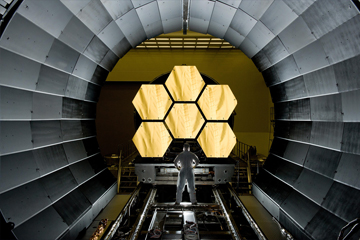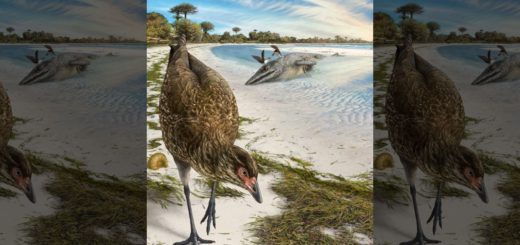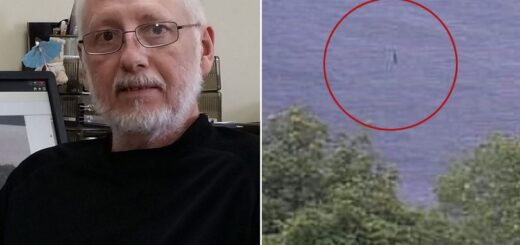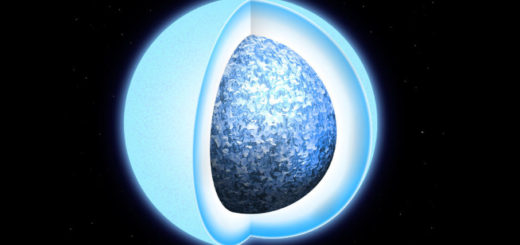How is the JWST different than Hubble?

It’s easy to assume that fancy telescopes are fancy in similar ways. (“Fancy” being the technical term for technologically advanced and sensitive, of course.) But it turns out that telescopes can do a lot of different things — and even if they’re looking for similar things, that doesn’t mean they’ll be detecting them in the same way.
The James Webb Space Telescope — which is scheduled for launch in 2018 — can be thought of as the “successor” to the Hubble telescope, which went into orbit in 1990. Hubble provided us with some amazing discoveries and images. Scientists were able to glimpse galaxies that came into being when the universe was less than a billion years old. We were able to pinpoint more correctly the universe’s age to about 13.7 billion years. We were even confronted with the alarming discovery that the universe was still expanding at a faster and faster rate.
The James Webb Space Telescope has some similar goals. It is also designed to help study the birth of the universe. It’s going to examine not just the formation of stars and planets, but how galaxies evolved. Like Hubble, JWST is looking not only to find exoplanets (those planets not in our solar system), but also to detect their compositions and atmospheres.
But the Hubble discoveries have led to some differences between its design and purpose and the JWST’s. One of the biggest changes is that unlike the Hubble — which looked at visible or ultraviolet wavelengths, in general — the JWST will be observing the universe primarily in the infrared spectrum. When planets and stars are first born, they’re obscured by dust. Infrared will allow us to observe more closely the infant galaxies, stars and planets in the dust of the universe, rather than the “toddler” ones that Hubble has picked up [source: James Webb Space Telescope].
The JWST is also quite a bit larger. While the Hubble is the size of a school bus, the JWST takes up a space the size of a tennis court. The JWST will have a much larger mirror, which means it will be able to look farther into the universe — and thus further back in time [source: NASA].
One of the biggest differences between Hubble and JWST is where exactly they’re spending their time. Hubble hangs around about 353 miles (570 kilometers) from Earth — practically next door. JWST is more of a roamer; instead of orbiting Earth, it will be circling 930,000 miles (1.5 million kilometers) away, where its huge sunshield will block the light from Earth, the sun and the moon [source: NASA].
So, Hubble and JWST are both involved in studying a lot of the same ideas. But while Hubble was a solid undergrad, JWST is hoping to delve a little deeper and come out with an advanced degree.



 Creators of mankind
Creators of mankind Description of “Tall white aliens”
Description of “Tall white aliens” Where they came from?
Where they came from? About hostile civilizations
About hostile civilizations The war for the Earth
The war for the Earth “Tall white aliens” about eternal life
“Tall white aliens” about eternal life Video: “Nordic aliens”
Video: “Nordic aliens” Aliens
Aliens Alien encounters
Alien encounters The aliens base
The aliens base UFO
UFO Technology UFO
Technology UFO Underground civilization
Underground civilization Ancient alien artifacts
Ancient alien artifacts Military and UFO
Military and UFO Mysteries and hypotheses
Mysteries and hypotheses Scientific facts
Scientific facts


















